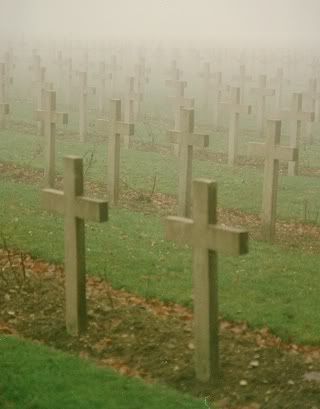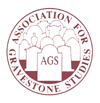The battle of Verdun was among the most horrifying of all the many terrible battles of the First World War. This happened by design: the German commander, General Erich von Falkenhayn, had concluded that the only way to win the war was to "bleed France white." He had more soldaten than the French had poilus, so if the armies settled down to serious tit-for-tat killing, the last man standing would be wearing feldgrau.
Falkenhayn chose the stage for his devilish scheme well. The ancient city of Verdun held great importance to French national honor: a mere thirty miles from the German border, the site had been a citadel since Roman times. In 878, Charlemagne's sons met here to sign a treaty that would divide his empire into the lands that would eventually become France and Germany. To lose the historic city was unthinkable to the French, Falkenhayn knew; they would indeed defend Verdun to the last drop of their blood.
There is a cemetery at a place called Douaumont where a small fraction of the men killed in this battle are buried. Just a small fraction… maybe only a hundred thousand or so. It is a tremendously impressive place- row upon row upon row of crosses marking the graves of the victims.
The day I visited Douaumont was foggy, and the fog was so dense that one could not see to the far side of the cemetery. The result was that it seemed as if the rows of crosses continued into infinity. It was eerie.

As this bleak mood settled over me, I turned and noticed a large memorial at one corner of the cemetery. It was shaped in the form of Biblical tablets, and it was covered with Hebrew letters. I realized what it was- a memorial to the soldiers who could not be buried under crosses- a memorial to the Jewish soldiers who died for France.
And then I was overwhelmed with grief and came as close to tears as I did on that trip. I thought of those young men who fought and died, never knowing that in 30 years their widows and perhaps their children would be herded into boxcars and exterminated like vermin. The futility of the sacrifice of these Jewish soldiers was too much to contemplate. It made me clearly understand the greatest tragedy of World War One that after so many men had given their lives, it was not enough.
The politicians would let it all happen again, and the sons of these dead soldiers would be at war once more.







